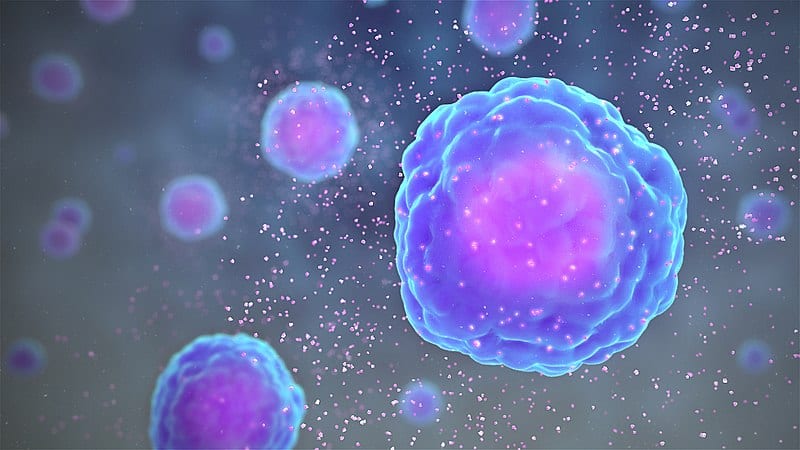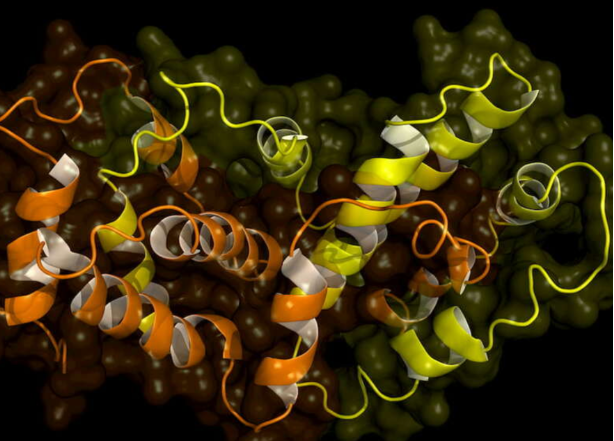Interestingly, if inflammation occurs in our body, for example due to the appearance of a tumor mass, several proteins come into play. Some may play an active role in stopping the inflammatory process or act as biomolecular markers.
One such protein is tumor necrosis factor (TNF), which belongs to the cytokine group, and has an active role in the inflammatory response and in inducing apoptosis.
Structure:
TNF is present in the form of two molecules; mTNF is found associated with cell membrane, while sTNF is found in free form.
In general, TNF is a protein that functions when bound to its protein-receptor (TNFR) present in dual nature: TNFR1 for sTNF and TNFR2 for mTNF.
Once TNF-TNFR binding is formed, a signal is induced in the cell that ends in transcription of genes to respond appropriately to the signal.
Function:
There are a variety of cell types that produce TNF, for example, cells belonging to the immune system, such as macrophages. Once released, Tumor Necrosis Factor, induces local expression of specific molecules at the level of the infected site.
In addition, TNF has a last but not least important function: it induces the death of infected cells.
Therapies:
TNF is also a pharmacological target; it can be inhibited or activated.
However, the administration of therapies involving TNF can be toxic and therefore its use must be limited.
Its function is blocked by antibody treatment in autoimmune diseases, such as rheumatoid arthritis, in which attenuation of the immune system is needed.
In diseases such as cancer, the use of sTNF leads both to tumor shrinkage through apoptosis and damage to tumor blood vessels, but high concentrations of TNF are associated with advanced tumors.
TNF itself also has an important role in tumor development since it maintains chronic inflammation and metastasis formation.
Transforming growth factor (TGF) is an antagonist of TNF since it has a role in direct suppression of tumor and tumor progression due to its anti-inflammatory properties.
In conclusion, one can see how many signaling molecules are involved in the inflammatory response and how each one signals a different stage of inflammation.
It is important to highlight how many and what the effects of these molecules, the cytokines, are and how they can help develop or suppress inflammation.
These factors in our bodies can become alarm bells that if not underestimated will aid in making early and accurate diagnoses.





